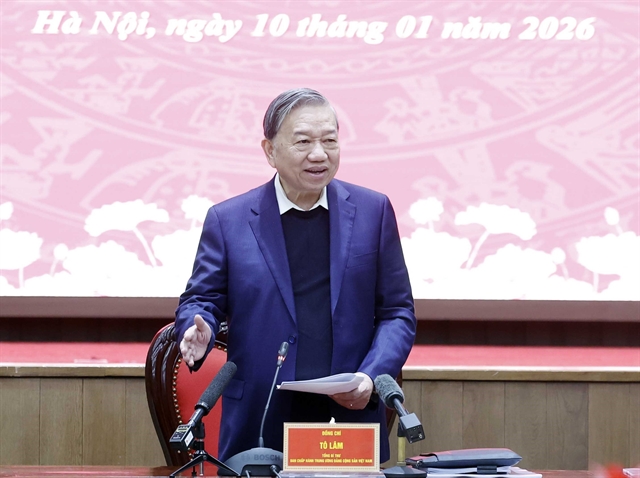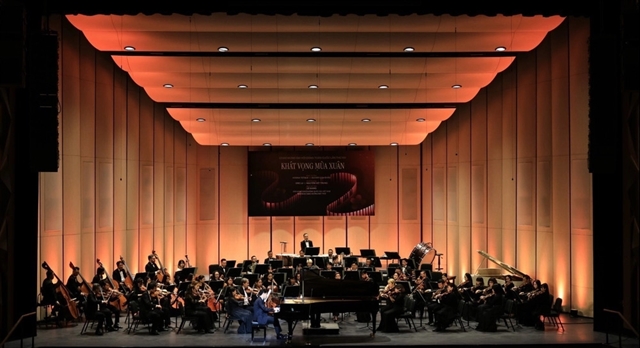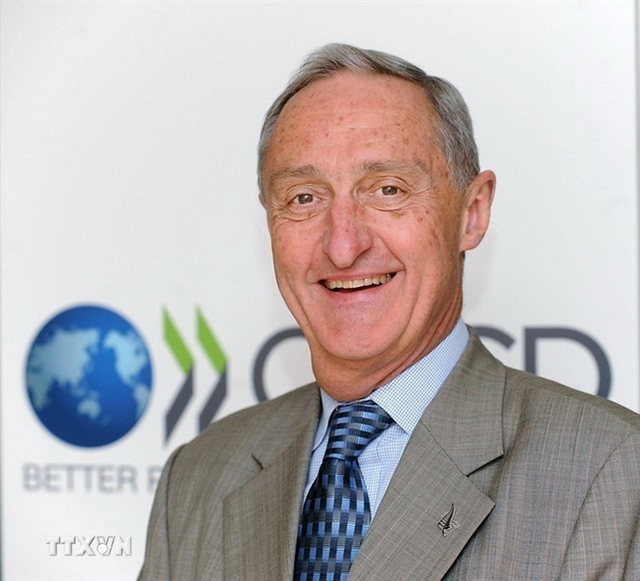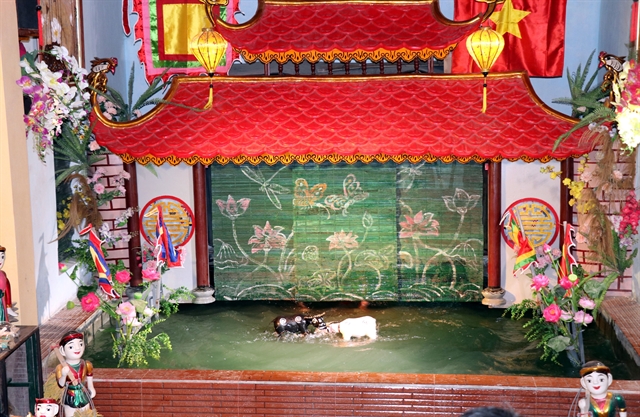 Features
Features

" />Nearly thirty years on, I have neither doubts nor regrets. I have had many trying experiences but have never tired of the profession.
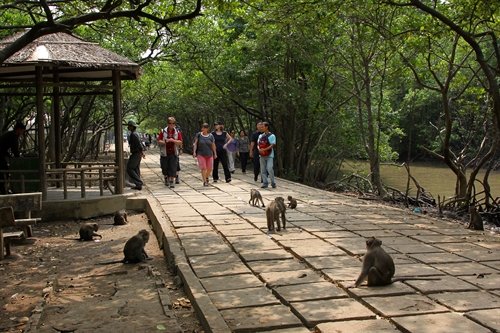 |
| Running free: Monkeys running in their natural habitat. VNS Photo |
By Thiên Lý
After high school, I studied and trained to be an English teacher.
To give an old proverb a politically and literally correct tweak, Woman proposes, God disposes.
Or, as luck would have it, I became a journalist instead.
And I’ve been doing it for the past 28 years and never looked back.
Nearly thirty years on, I have neither doubts nor regrets. I have had many trying experiences but have never tired of the profession.
I can wax eloquent about the nobility of the profession, and while that aspect of is there, my truth is much simpler.
To this day, there is an exhilaration each time I see my work in print, and this is heightened when I receive positive feedback. Actually, negative feedback is also welcome, because it is proof that my work has been read and considered seriously. And I can continue to learn from my mistakes.
It is also important to mention that I work for the only English language daily in Việt Nam, and most of our readers are foreigners. This adds a certain spice to my work. We are resident ambassadors for the country!
I often jokingly tell my friends: “I don’t know whether I’ve picked the right man, but I sure as heck have picked the right job.”
A friend and colleague once said “the most interesting aspect of journalism is that you get to observe, to experience and to reflect.” This has become a favourite quote.
Working for Việt Nam News has taken me to places, literally, both within and outside the country. Of course, this means many unforgettable memories, one of which I would like to share on this occasion.
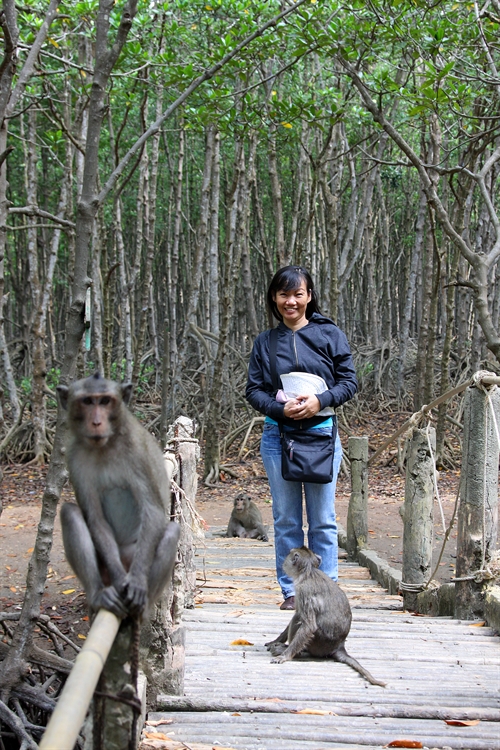 |
| Adventurous job: Thiên Lý embarked on a reporting career and does not want to stop. VNS Photo |
Early in 2011, the Editorial Department in Hanoi requested the VNS office in HCM City to prepare a cover story for the annual Tet edition of the newspaper. It was decided that the story would focus on the Cần Giờ Biosphere Reserve, a wildlife sanctuary that has become well known for its extraordinary recovery and growth, as well as its undisputed significance in the history of our national revolution.
While my destination was just 50km away, public and private transportation to the reserve was not easy to access, particularly since the various interview locations were rather dispersed. This should not be a problem for a journalist, so I settled on a motorbike.
Although Cần Giờ District is part of HCM City, the contrast with its downtown area offered a welcome break. The peace and quiet of the mangrove forests on either side of the road became a more direct experience on a motorbike.
For me, it also bordered on a sacred experience because I know how important the deep roots of the mangrove trees in the reserve are in protecting city residents from devastating floods.
More than two hours later, I reached the reserve’s ranger station and was given several informative documents. One aspect that stood out in comparison with other reserves in the country was the considerable contribution of youth volunteers in its development. I learnt that not a few of these youth had decided to settle in this area with their families.
A very young ranger took me in a canoe, weaving through the mangrove forests, to meet families that had participated in growing the forest and later become rangers to protect it, day and night.
Next, I went to the Sác Forest in the reserve. The Sác Forest Army Base was recognised as a national historical monument in 2005 for the role it played in the wars against the French and the American armies.
Apart from its historical significance, an attractive feature of the Sác Forest are the monkeys living there. Unafraid and cheeky to the point of being rude, tourists find them highly entertaining.
Fully forewarned of the monkeys’ mischief, I held nothing in my hand but a small recorder. Sometimes, forewarned is not forearmed. As I interviewed a group of young British visitors, a monkey suddenly jumped on to my arm and tried to snatch the recorder. Did not work, because my grip was too tight. Frustrated, it grabbed my arm and bit me. It was very painful.
A security guard rushed to my rescue and chased the monkey away. I did not pay much mind to the bite, believing that my jacket had shielded me from any serious injury. The interviews proceeded.
Back in the room, I washed the deep bite mark thoroughly with soap. That was it, I thought. In a few hours, though, the arm swelled up quickly to twice its original size.
Uneasy, I rushed back home and at the Pasteur Institute, my wound was deemed a grade 2 injury requiring a vaccination regimen lasting several weeks, with the final shot to be administered on the 29th of the last month of the Lunar calendar. That year, my husband and children left early for our traditional Tết visit to Hà Nội, and I stayed back for the last shot.
On the morning of the 29th, the hospital’s closed doors greeted me with a holiday break notice. Using my journalistic tendencies, I went around and got into the hospital through the back door. Luckily, there were still some nurses on their last shifts who were willing to help me.
Among the many unusual and memorable experiences garnered over almost three decades, being bitten by a monkey stands out.
I was cured of the monkey’s bite, but not of the journalism bug that has bitten me. I am not looking for a cure, really. — VNS

